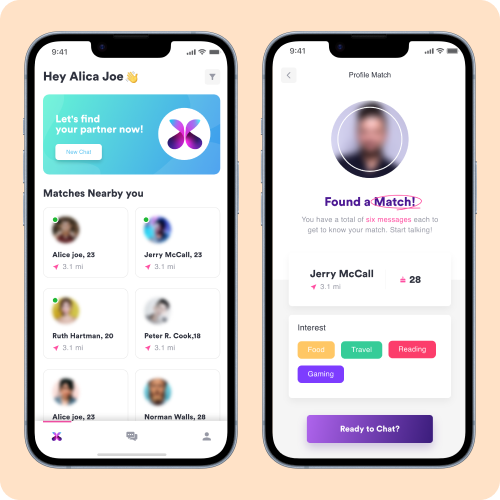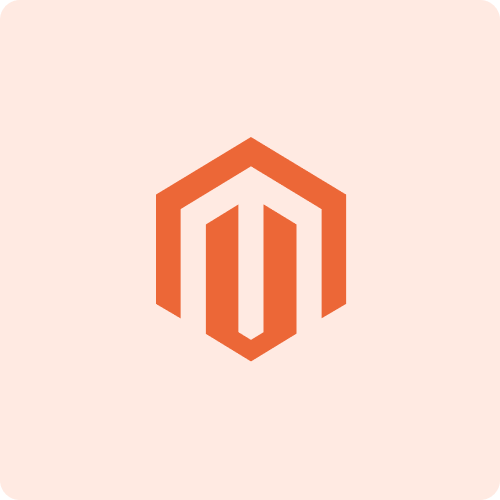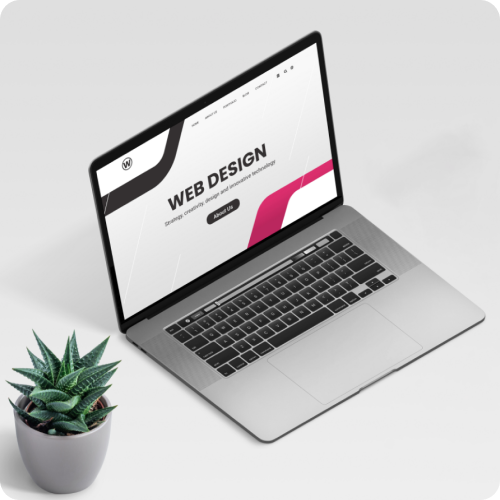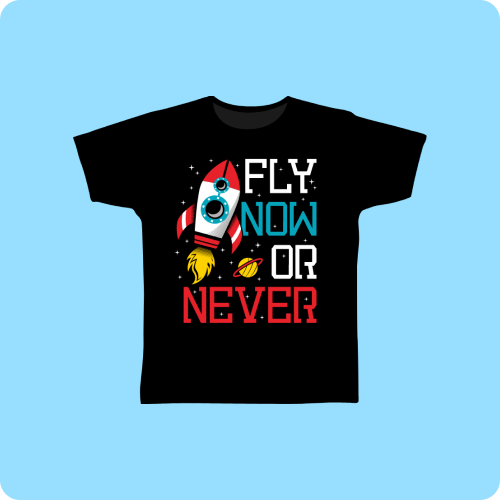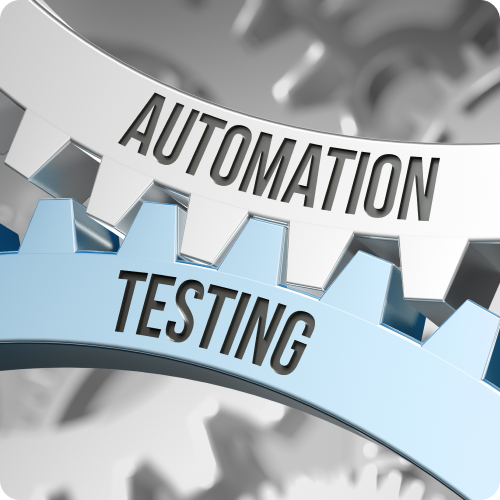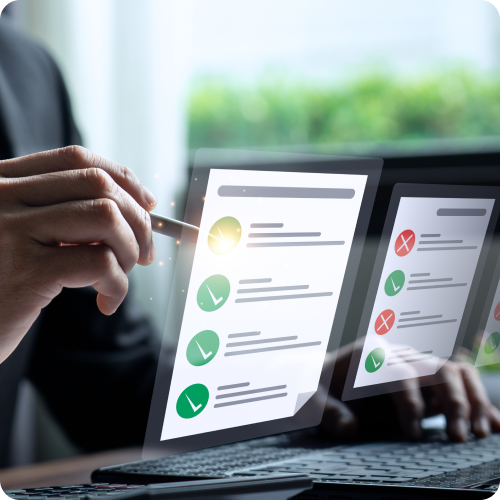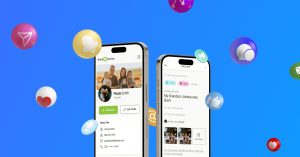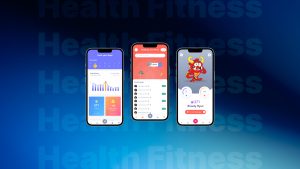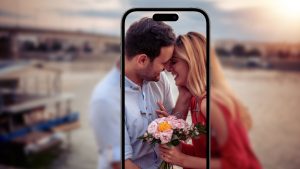Wearable app development has become increasingly popular over the years, and with that comes the need for wearable apps. These apps can be used for a wide range of purposes, from tracking fitness goals to monitoring health metrics as there various kinds of wearable devices.
According to Markets and Markets, the industry of smart clothing is expected to grow from $1.6 billion to 5.3 billion between 2019 and 2024.
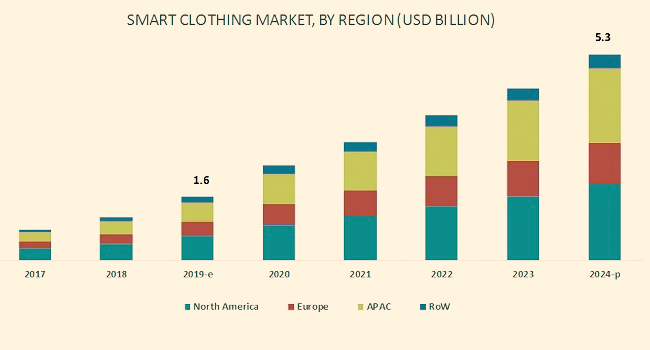
If you’re thinking of building a wearable app, there are a few things you should consider before getting started. In this blog post, we’ll guide you through the wearable app development services, and the process of planning, and building a wearable app.
Now, let’s dive into each of these steps of wearable app development in more detail.
How to Build A Wearable App? – Wearable App Development
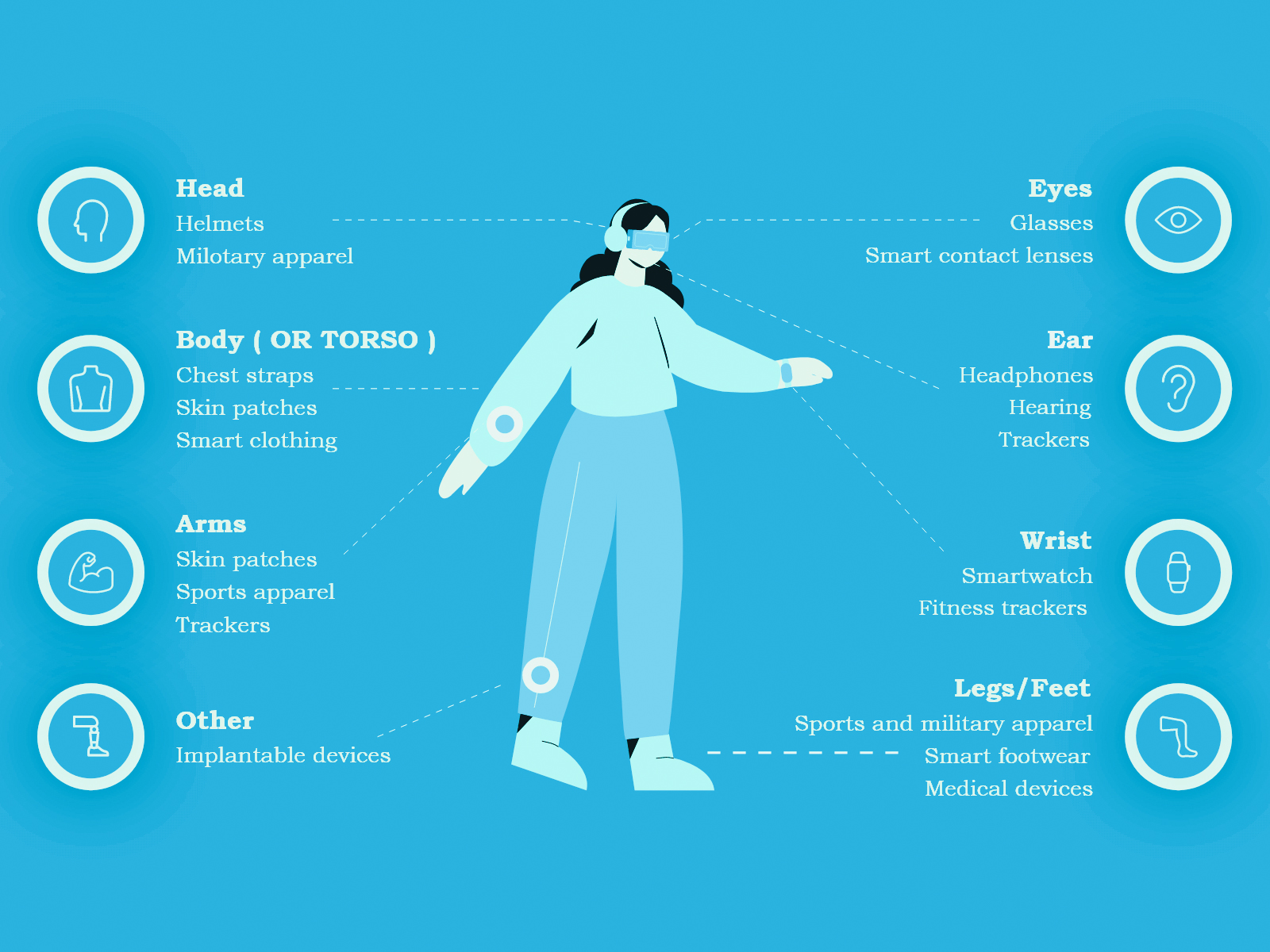
Step 1: Define Your App’s Purpose and Target Audience
Before starting wearable app development, you need to have a clear understanding of what the app is going to do and who it is going to serve. A well-defined purpose and target audience will help guide the wearable app development process, making it more efficient and effective.
Start by identifying the challenges you’re trying to solve or the need you’re trying to fulfill through your web design & wearable technology. This will help your wearable app development company determine the core features of the app and what value it will provide to users.
Once you have a clear purpose in mind, it’s time to consider your target audience. Think about the demographic you’re catering to, their interests, and their needs for providing them with wearable app development services. This will help you design an app that meets their expectations and provides value to them.
For example, if you’re building a fitness-tracking app, you’ll need to consider the target audience’s age, fitness level, and goals. A fitness tracking app for seniors may have different features than one for younger individuals. By defining your app’s purpose and target audience, you can ensure that the app meets the needs of its users.
Step 2: Choose the Right Wearable Device
The wearable device you choose will determine the wearable app development requirements and capabilities. The two most popular wearable devices are smartwatches and fitness trackers. Smartwatches have more functionality and can support a broader range of apps.
Fitness trackers are designed specifically for fitness tracking and may have limited capabilities as per the web design and wearable technology.
Consider which device is best suited for your app’s purpose and target audience. If you’re building a fitness tracking app, a fitness tracker may be the best option.
Read More: How to Build Your Own Yoga Routine App like Asana Rebel
However, if your wearable app development requires more functionality, a smartwatch may be a better fit. It’s also essential to consider the device’s screen size and resolution when designing web design & wearable technology.
Step 3: Identify the Core Features
Once you’ve defined your app’s purpose, target audience, and chosen device, it’s time to identify the core features of your wearable app development. These are the features that will be the primary focus of the wearable app development and provide value to the users.
Keep in mind that the app’s features should align with its purpose and target audience of your wearable app development services. For a fitness-tracking app, core features may include step tracking, calorie tracking, and heart rate monitoring.
Read More: A Case Study of Fit Fiends – Fitness App Development
For a productivity app, core features may include reminders and to-do lists. When choosing core features, consider the user experience and how they will interact with the app. It’s also important to consider the device’s limitations and capabilities for wearable app development.
Step 4: Choose the App’s Design
Web design and wearable technology are crucial as they can impact the user’s experience and engagement. A well-designed wearable app development should be user-friendly, intuitive, and visually appealing.
When designing the app, consider the user interface and how the user will interact with the app. Keep in mind that the design should be optimized for the wearable app development and the device’s screen size as well as the resolution.
When designing the app, consider the use of color, typography, and layout for wearable app development. The design should be consistent throughout the app, making it easy for users to navigate. It’s also essential to consider the app’s accessibility features, such as font size and color contrast.
Step 5: Develop the App
Once you have defined the app’s purpose, target audience, chosen device, core features, and design, it’s time for you to start with the wearable app development. Consider hiring a professional developer or a development team with experience in developing wearable apps. Ensure that the development aligns with the chosen device’s development requirements and guidelines.
When developing the app, consider the device’s limitations and capabilities. The wearable app development should be optimized for the device’s screen size, resolution, and hardware specifications. It’s also important to consider the app’s performance and battery usage.
Step 6: Test the App
Once your wearable app development is completed, it’s time to test it thoroughly. Testing ensures that the app’s features and user interface work seamlessly with the chosen wearable device. Get feedback from beta testers and make any necessary changes before launching the app.
Consider testing the app on different devices and operating systems to ensure compatibility. It’s also essential to test the app’s performance and battery usage. Thorough testing of your wearable app development ensures that the app is user-friendly and meets the needs of its users.
Step 7: Launch the App
The final step is to launch the app on the chosen platform. Choose the appropriate app store, such as the Apple App Store or Google Play Store, and follow their guidelines for submission. Ensure that the app meets all the platform’s guidelines and requirements.
Consider marketing the app through social media, influencers, and other advertising methods. For your wearable app development, you can also consider offering the app for free or at a discounted price during the launch period to increase downloads and user engagement.
Step 8: Provide Ongoing Support and Updates
Once the app is launched, provide ongoing support and updates to ensure its continued success. Address any user feedback or complaints promptly and make necessary improvements to the wearable app development process. Consider adding new features or improving existing ones to keep users engaged and interested in the app.
Updates should be compatible with the chosen device and operating system. Provide clear instructions on how to update the app and inform users of any new features or improvements.
Usability testing is an essential part of the design process for wearables. Testing with real users can help identify usability issues and areas for improvement. It is important to gather feedback from users and iterate on the design to ensure that it meets the needs and expectations of the target audience.
Overall, designing for wearables requires a multidisciplinary approach that involves expertise in user experience, hardware design, and data visualization. By taking a user-centered approach and considering the unique characteristics of wearable app development, designers can create interfaces that are intuitive, effective, and engaging for users.
Hire the Best Wearable App Development Company
Wearable app development requires careful planning and consideration of the app’s purpose, target audience, chosen device, core features, and design. Working with an experienced developer or development team can ensure that the wearable app development meets the chosen device’s development requirements and guidelines.
Wearable app development can be a complex process, but it’s worth it if done right. By following these steps, you can create a user-friendly and engaging wearable app that meets the needs of your target audience.
Remember, planning is key to the success of any wearable app development, so take your time to define your app’s purpose and features before starting the development process.
Thorough testing and ongoing support and updates are necessary to ensure the app’s success and user engagement. With proper planning and execution of your wearable app development, a well-designed and well-executed app can provide significant value to its users and achieve success in the market.
Resourcifi is the best wearable app development company that is renowned for its wearable app development services with over 12+ years of experience in the industry. Rated 4.8/5 on Clutch for its wearable app development services and its health & fitness development services, they are one of the prominent wearable app development companies.
Contact us now and look at what our clients have to say!
Frequently Asked Questions
How much does it cost to develop a wearable app?
The cost of wearable app development can vary depending on various factors such as the complexity of the app, the platform(s) it is being developed for, the features it offers, the level of design and user experience, and the location of the development team.
On average, the development cost of a wearable app can range from $10,000 to $100,000 or more. However, this is just a rough estimate, and the actual cost can be higher or lower depending on the specific requirements of the app.
For instance, a simple wearable app that tracks steps or heart rate may cost less than a complex app that offers multiple features such as GPS tracking, payment processing, or social networking.
It is recommended to consult with a reputable app development company to get a detailed estimate of the cost of developing a wearable app based on your specific needs and requirements.
What are the requirements for developing wearable devices for wearable app development?
The requirements for wearable app development can vary depending on the specific device and its intended use. However, some general wearable app development requirements include:
Hardware components: Wearable devices typically require specific hardware components such as sensors, processors, batteries, and displays that are optimized for low power consumption and small form factors.
Software: Wearable devices require software that can communicate with the hardware components, manage power consumption, and provide a user interface. This software can be developed in-house or using third-party tools and platforms.
Connectivity: Many wearable devices require connectivity to other devices or networks, such as Bluetooth, Wi-Fi, or cellular networks, to transfer data or communicate with other devices.
Power management: Wearable devices typically have limited battery life, so efficient power management is critical to ensure the device can last throughout the day.
Design: The design of wearable devices is critical for user adoption and comfort. Wearable devices should be lightweight, ergonomic, and aesthetically pleasing.
Testing and certification: Wearable devices must be rigorously tested to ensure they meet safety and performance standards. Depending on the device’s intended use and location, certification may be required before the device can be sold or used commercially.
Overall, wearable app development requires a multidisciplinary approach that involves expertise in hardware design, software development, user experience, and certification.
How do you design for wearables to provide the best wearable app development?
Designing for wearable app development requires a different approach than designing for other types of devices such as smartphones or desktops. Here are some key considerations when designing for wearable app development:
Design for the context: Wearables are designed to be used in specific contexts, such as during exercise or while driving. The design should take into account the user’s environment and provide a seamless and intuitive experience.
Keep it simple: Wearables have limited screen real estate, so it’s important to keep the interface simple and focused on the key information or actions. Avoid clutter and unnecessary details.
Prioritize information: Wearables should prioritize the most important information, such as notifications or health data, and display it prominently. Use visual cues such as color or animation to highlight important information.
Use voice and gesture controls: Wearables often have limited input options, so voice and gesture controls can be an effective way to interact with the device. Design the interface to support these input options.
Consider the form factor: Wearables come in a variety of form factors, from smartwatches to fitness trackers. The design should take into account the device’s physical characteristics and ensure that it is comfortable and ergonomic to wear.
Test and iterate: Wearable design is an iterative process. Test the design with real users and gather feedback to improve the interface and user experience.
Overall, designing for wearables requires a user-centered approach that takes into account the unique users. It is important to consider the use case and the specific needs and preferences of the target audience when designing wearables. Additionally, it is crucial to focus on providing a seamless and intuitive user experience that makes it easy for users to interact with the device and access the information they need.
Another important aspect of the wearable design is the integration of sensors and other hardware components that enable the device to collect and process data. Designers must consider how to display this data in a meaningful way, using clear visualizations and graphics that are easy to understand.
Hire the best wearable app development company that provides you with all of the stellar wearable app development services. Wearable app development is booming in the industry and will continue to do so for the years to come.










